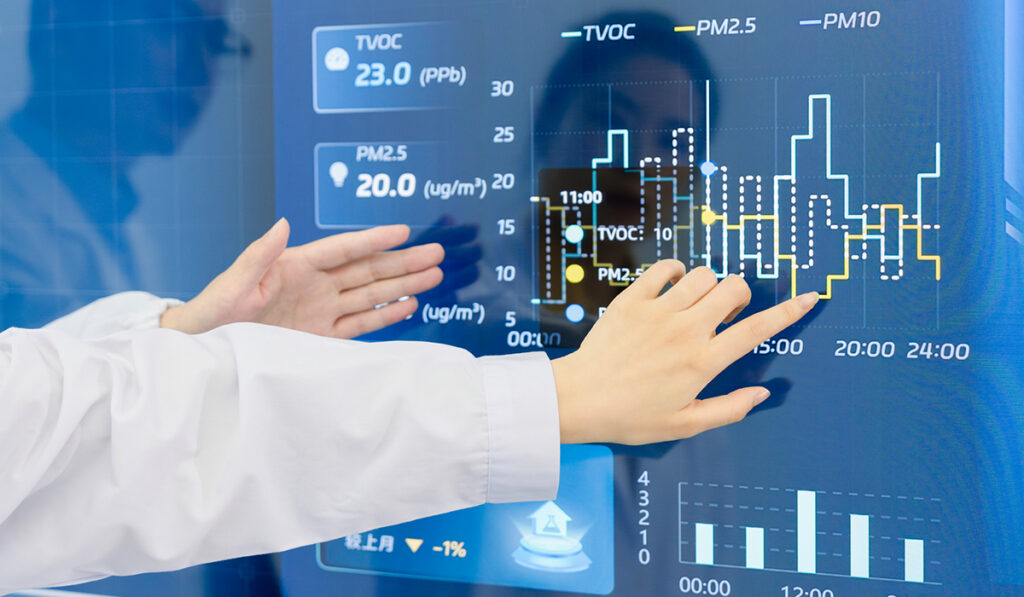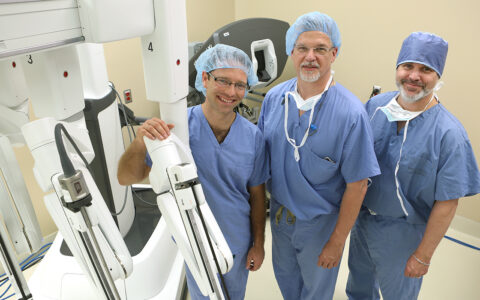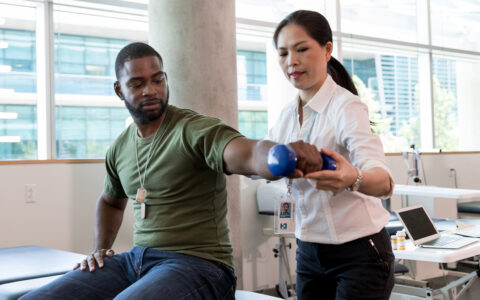Key Takeaways
- IRB: An Institutional Review Board reviews and monitors biomedical research involving human participants to ensure participants receive accurate information and details of their patient rights so they may give informed consent.
- IND: An investigational new drug application demonstrates to the U.S. Food and Drug Administration that the drug will likely be safe for testing in humans.
- IDE: An investigational device exemption is the device equivalent of an IND for drugs, demonstrating that the device is low enough risk to begin human testing.
Bringing a new therapeutic drug or device to market can be a complex endeavor, one that extends long after the potential merit of a scientific breakthrough has been confirmed.
Among the most daunting aspects of commercialization is navigation of the rules and regulations of product development.
Kenneth Holroyd, M.D., MBA, medical director for the Center for Technology Transfer and Commercialization (CTTC) at Vanderbilt, gives inventors a leg up by providing resources that help VUMC investigators through the complex regulatory process.
“Like any other part of project planning, regulatory affairs considerations should be built into the plan from the earliest stage,” Holroyd said.
Foundation for Consent
The Institutional Review Board, or IRB, at VUMC reviews and monitors biomedical research involving human participants. Its primary purpose is to ensure that accurate information about risks and potential benefits is provided to study participants, along with details of their patient rights, so they may give informed consent to participating in a trial.
The nature of any risks to human participants and how to mitigate these risks are among the facts investigators will be presenting will be presenting to the IRB.
Product Approaches Differ
The type of therapeutic intervention being proposed affects its regulatory requirements, but with pharmaceutical agents, most start with an investigational new drug application, or IND, to the U.S. Food and Drug Administration.
“A considerable amount of information has to be developed to support that application,” Holroyd said.
Detailed investigations must be carried out prior to any testing in humans, which may cost between $6 million and $8 million, he added.
“Like any other part of project planning, regulatory affairs considerations should be built into the plan from the earliest stage.”
For medical devices, regulatory requirements often vary. For example, use of an implantable defibrillator can involve significantly different risks than use of a stethoscope.
Devices determined to have lower associated risks may be approved for human testing without a separate FDA ruling. However, more complicated devices may require the equivalent of a new drug application, known as the investigational device exemption, or IDE, in which the FDA must review the research plans.
Many devices can be developed for human testing at a much lower cost than a drug product, Holroyd said.
“The cost can be as low as thousands of dollars,” he said.
Holroyd also said the Center for Technology Transfer and Vanderbilt’s Institute for Clinical and Translational Research can help researchers in their planning.
“The faculty have personal responsibility for making sure all the rules and regulations are followed, and we’re here to help them,” Holroyd said.
Tailoring the Plan
In some cases, cutting-edge discoveries may get out ahead of clear regulatory guidance.
“Because we’re discovering very new things early on here at Vanderbilt Medical Center, a lot of times no regulation really applies,” Holroyd said.
In such cases, the researcher may need to identify a close analogy to their discovery and connect with the FDA early in the process. That’s where the Holroyd’s center can help.
Creating the regulatory plan also can help researchers pursue investments or grants.
“Both the grant agencies and the people who review the grants for commercialization are very sensitive to having a sound regulatory plan,” he said.
“Contact us early on and realize that planning is an important part of the commercialization process, so do try to build that into your plan.”
The Center for Technology Transfer and Commercialization exists to advise VUMC researchers on regulatory requirements of both medical devices and pharmaceuticals, in addition to other services.
“Contact us early on and realize that this planning is an important part of the commercialization process, so do try to build that into your plan,” Holroyd advised.




